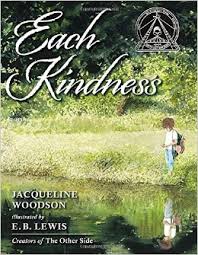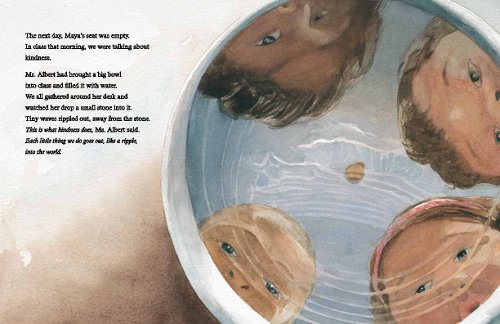 My class will be participating in the Global Read Aloud this October. We’ll be reading the middle school book, A Long Walk to Water. My kiddos are in 5th grade, but this novel is definitely appropriate for 4th and 5th graders. If you don’t already know about the Global Read Aloud (GRA), it isn’t too late to get on board. HERE is a link to the GRA website for more information. The schedule requires you to read about 3 small chapters a week, so it isn’t overwhelming to add to your plans. With so many classes participating, it is an excellent way to break down the four walls of your classroom and expand your students’ worldview by connecting them with the global community. It’s also an excellent way to generate excitement around reading!
My class will be participating in the Global Read Aloud this October. We’ll be reading the middle school book, A Long Walk to Water. My kiddos are in 5th grade, but this novel is definitely appropriate for 4th and 5th graders. If you don’t already know about the Global Read Aloud (GRA), it isn’t too late to get on board. HERE is a link to the GRA website for more information. The schedule requires you to read about 3 small chapters a week, so it isn’t overwhelming to add to your plans. With so many classes participating, it is an excellent way to break down the four walls of your classroom and expand your students’ worldview by connecting them with the global community. It’s also an excellent way to generate excitement around reading!
A Long Walk to Water is a short novel that tells two seemingly separate stories that take place in different time periods. One story takes place in the 80s and is about a lost boy of Sudan. The other story takes place over twenty years later and tells the story of a young girl living in Sudan. In the end, the two stories are woven together. This novel is going to lead to valuable discussions.
In order to collaborate with students from around the world, I’ve put together a website where I will post discussion topics based on the chapters of the week. Our students can participate in a global discussion by responding to the discussions questions and one another. I hope you’ll check this website out and consider participating with your class. Please check in HERE to build some excitement by letting others know where your class will be connecting from.
The GRA starts October 2nd. Here’s the weekly chapter breakdown that was published to the GRA website:
Week 1 – Chapters 1-3
Week 2 – Chapters 4-6
Week 3 – Chapters 7-9
Week 4 – Chapters 10-12
Week 5 – Chapters 13-15
Week 6 – Chapters 16-18










